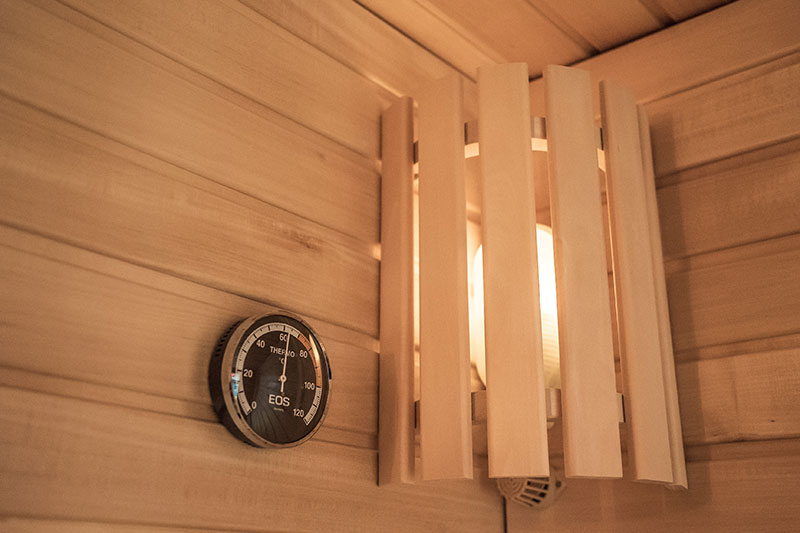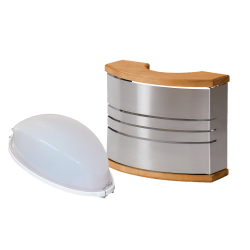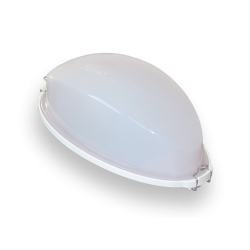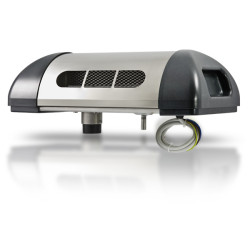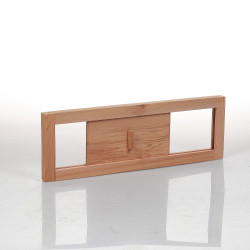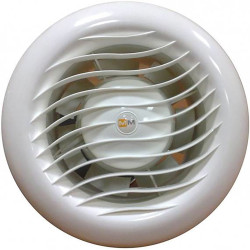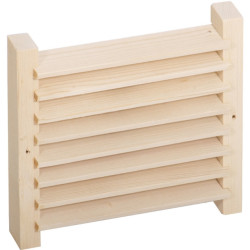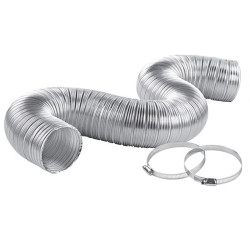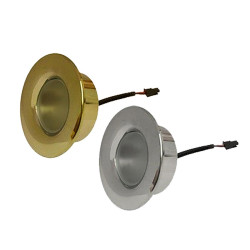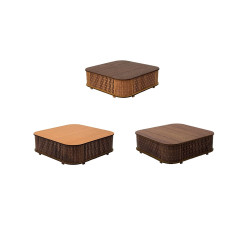We are closely associated with saunas and the pleasures they offer throughout the year. In order to properly equip a sauna, we invest a considerable amount of time first in gathering information and then in carrying out the work. When choosing a fully electric sauna option, which includes not only an electric sauna stove but also sauna lighting, we are often shocked when we see the electricity bills. In this article, we will provide useful tips on how to effectively equip and insulate your sauna in order to reduce electricity costs and, at the same time, your bills.
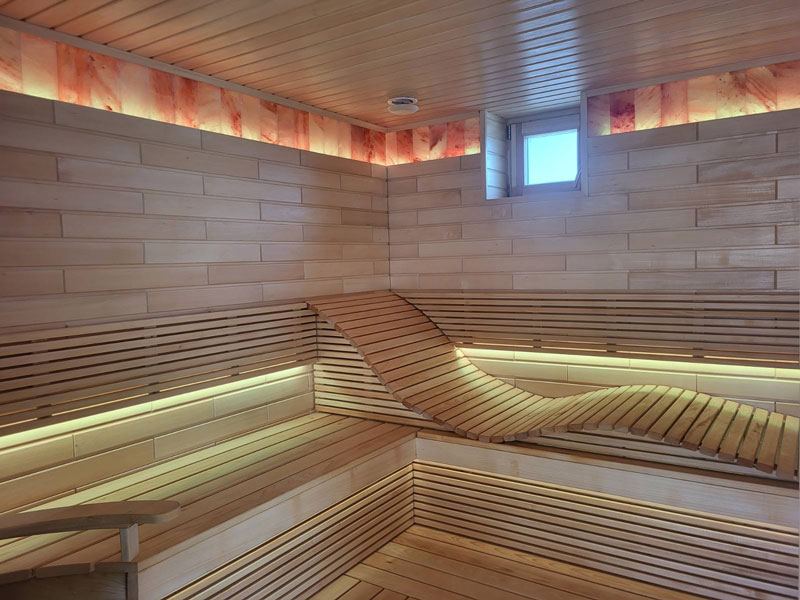
Sauna lighting – one of the first steps to consider
When thinking about a sauna, people often believe that the most important and first thing to consider is the sauna stove. However, this is not entirely true. Even at the initial stage of room construction, apart from the foundations, floors, walls, and their insulation, it is necessary to decide where the sauna lighting will be located and what type of electrical installation will be most suitable for the room.
This step can be considered the first stage of saving. Non-intensive LED lighting is best suited for bathrooms, creating a cozy and relaxing atmosphere. We have also known for a long time that LED light bulbs use much less electricity, so we can even save money in the long run.
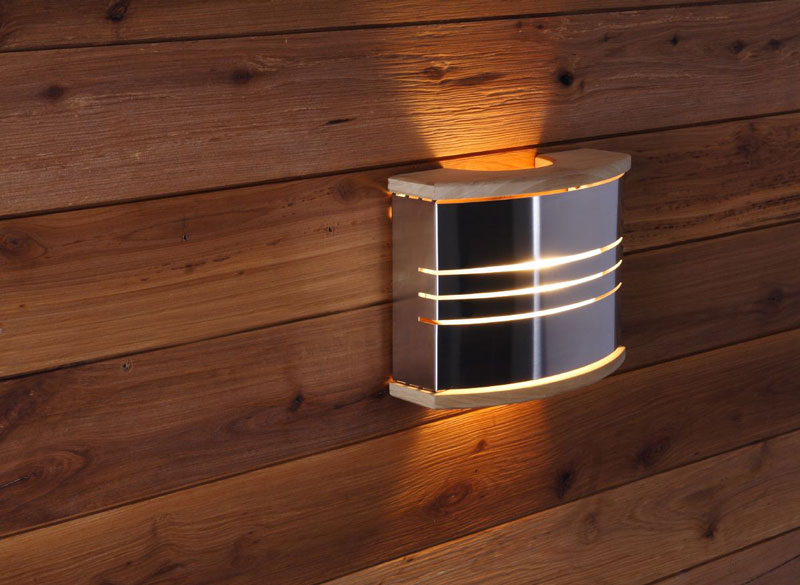
Different types of saunas require different lighting
In order for sauna lighting to meet your expectations, it is particularly important to choose luminaires that are suitable for the size and type of sauna. Lighting solutions that are not adapted to heat or humidity will certainly not help you save money. LED luminaires that are resistant to high temperatures (often +70–+100 °C) are most suitable for saunas, while steam baths, for example, require completely sealed lighting that is resistant to water, steam, and chlorine. If the lighting requirements for each sauna are not met, the cost of new bulbs will contribute to increased electricity costs.
For those who do not want to burden themselves with the worries of building and equipping a sauna, it is worth remembering that today there are mobile electric saunas and steam cabins that will not only be installed in accordance with the highest quality and safety requirements, but will also have separately customized lighting solutions. All you have to do is decide where in your home you want to put it.
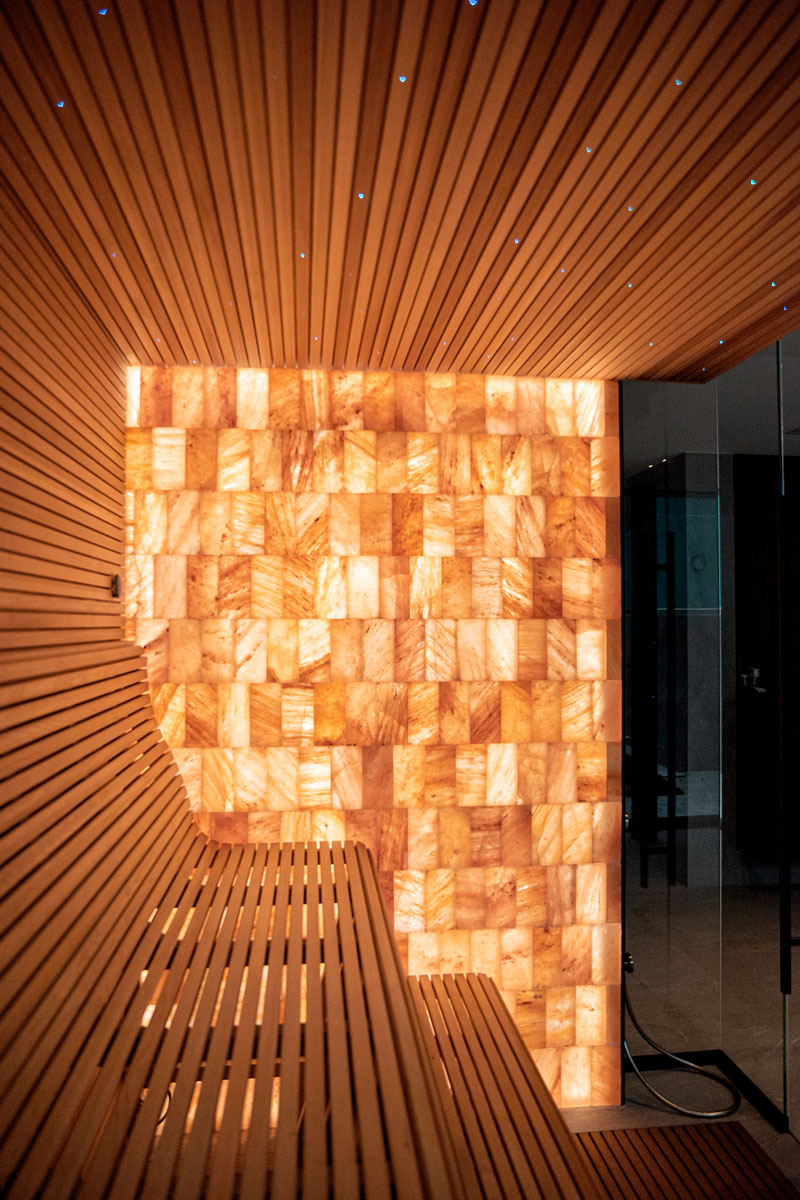
Saving electricity without lighting – the importance of the sauna stove and stones
Once the sauna lighting and finishing are in place, it is time to install the stove. Those who install saunas themselves often encounter problems such as poorly heated stones, which means that the room takes a long time to heat up and sometimes fails to reach the desired temperature.
To prevent this from happening, it is very important to remember that the efficiency of this type of stove depends not only on the stones, but also on how they are arranged. For better heating, it is necessary to take into account the size of the stones so that some of them fit properly in the stove and are arranged with as few gaps as possible. The arrangement of the stones and the heat circulation between them ensures better heating of the sauna. The result is that the sauna heats up faster and electricity consumption is reduced.
It may sound strange, but stones also have a shelf life. Frequently used stones not only weaken the beneficial heating effect of the stones, but can also damage the heating elements, increase energy consumption, and deteriorate air quality. For this reason, it is recommended to check and replace the stones every 1-2 years, depending on how often you use the sauna.
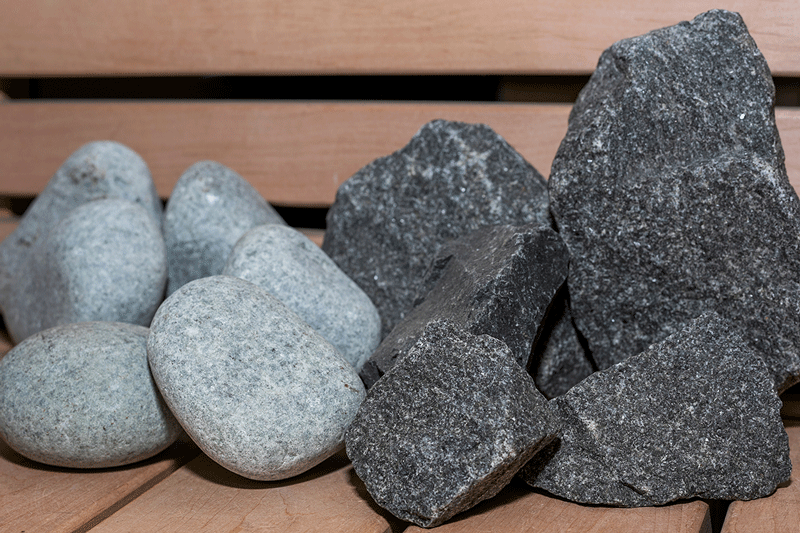
Sauna lighting accessories and energy-saving materials: control panels, insulation materials, door seals – additional help for more efficient sauna heating
Even in properly constructed saunas and purchased sauna cabins, heat begins to dissipate after prolonged use. We usually notice this not while sitting in the sauna, but when looking at our electricity bills. A sudden increase in consumption may indicate problems related not only to the sauna lighting, but also to its airtightness.
Special sauna lighting accessories come to the rescue here – from control panels that allow you to precisely adjust the lighting and save energy, to insulation materials and door seals that help retain heat inside and improve the overall efficiency of the sauna at the initial stage of its installation.
How do insulation materials and door seals work, and why are they necessary? The answer is very simple – to conserve heat and ensure energy efficiency. Door seals are responsible for preventing heat and moisture from escaping through small gaps in doors. This can be checked by heating up the sauna and seeing if there are any air gaps or steam leaks around the door. Insulation materials must be considered at the initial stage of sauna installation, as they are an important part of the sauna structure that retains heat and protects it from moisture.
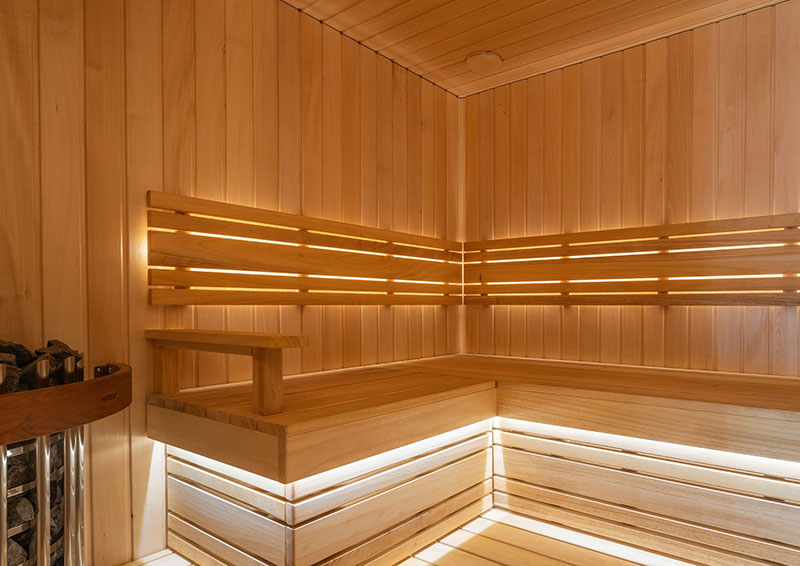
Sauna ventilation and its connection to heat efficiency
Proper ventilation also has many links to heat efficiency. A well-insulated sauna that meets all requirements must have high-quality air circulation, as without it, the quality of the steam deteriorates and the risk of moisture accumulation increases. Stagnant moisture can damage structures, create favorable conditions for mold growth, and thus reduce heat efficiency, so every sauna must be equipped with balanced air supply and extraction systems to maintain a healthy microclimate.
